Herbs de Provence: The Magical Spice Mix That Turns Boring Food Into French Perfume!
Imagine a sun-drenched field in the south of France. Lavender sways in the breeze, thyme grows wild under olive trees, and rosemary wafts through the air like nature’s own perfume. This is the birthplace of Herbs de Provence—a fragrant blend that captures the very essence of French countryside cooking.
In this article, we’ll dive deep into what makes this spice mix so special, explore its many culinary uses, and even compare some popular variations. Plus, we’ve got practical tips to help you use it like a pro (or at least like a very confident home cook).
Table of Contents
- What Exactly Are Herbs de Provence?
- A Dash of History: Where Did It Come From?
- What’s Inside the Bottle? A Herb-by-Herb Breakdown
- How to Use Herbs de Provence Like a Chef
- Top 5 Tips for Cooking with Herbs de Provence
- Store-Bought vs Homemade: Which One Should You Choose?
- Herb Comparison Table: Common Varieties Side by Side
- Conclusion: Sprinkle a Little Sunshine into Every Dish
What Exactly Are Herbs de Provence?
At first glance, Herbs de Provence might seem like just another dried herb blend you grab off the supermarket shelf. But dig a little deeper (metaphorically—we’re not out in the lavender fields yet), and you’ll find it’s much more than that.
This classic French seasoning blend typically includes a mixture of aromatic herbs native to the Provence region in southern France. Its purpose is simple: to elevate dishes with layers of earthy, floral, and slightly citrusy flavors. Whether sprinkled on roasted vegetables or mixed into a marinade, it adds depth without overpowering the main ingredients.
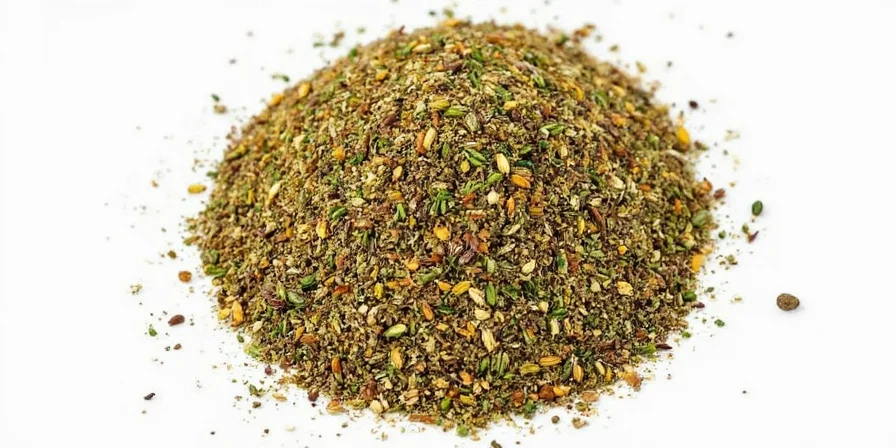
A Dash of History: Where Did It Come From?
The story of Herbs de Provence begins centuries ago in the rolling hills of southern France. Long before supermarkets and pre-packaged blends, local cooks gathered whatever herbs grew abundantly around them—lavender, thyme, oregano, basil—and combined them to season stews, meats, and rustic breads.
It wasn’t until the 1970s that this humble mix gained international fame, thanks in part to celebrity chefs who began showcasing it in their cookbooks and TV shows. Today, it’s a staple in kitchens around the world, often associated with healthy Mediterranean-style eating.
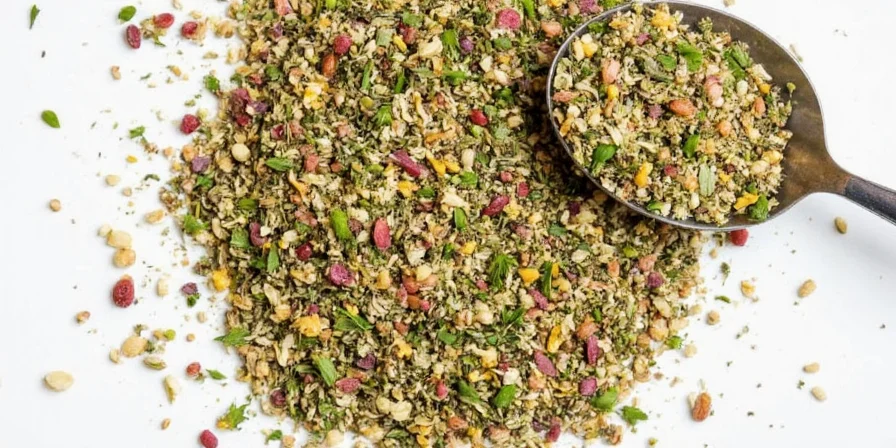
What’s Inside the Bottle? A Herb-by-Herb Breakdown
There’s no one official recipe for Herbs de Provence. In fact, every grandmother (and every brand) seems to have her own version. However, there are several common ingredients that define the flavor profile:
- Thyme: Adds an earthy backbone.
- Rosemary: Brings a bold, pine-like aroma.
- Oregano: Adds warmth and a touch of spice.
- Marjoram: Milder than oregano, lending a sweet note.
- Basil: Introduces a fresh, peppery element.
- Lavender (optional): Offers floral undertones.
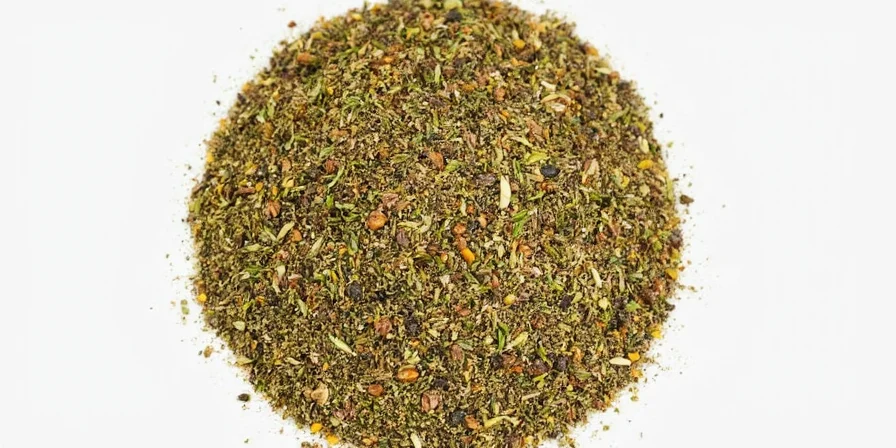
How to Use Herbs de Provence Like a Chef
Now that you’ve got your bottle of Herbs de Provence, how do you make the most of it? Here are a few tried-and-true methods:
- Roasted Vegetables: Toss carrots, zucchini, or eggplant in olive oil and a generous sprinkle of the blend before roasting.
- Grilled Meats: Mix with olive oil and garlic to create a rub for lamb chops or chicken thighs.
- Seafood Magic: Lightly season white fish fillets before baking or grilling.
- Homemade Bread: Stir into dough or sprinkle on top before baking for an artisanal touch.
- Olive Oil Dip: Combine with good quality extra virgin olive oil for a delicious dipping sauce.
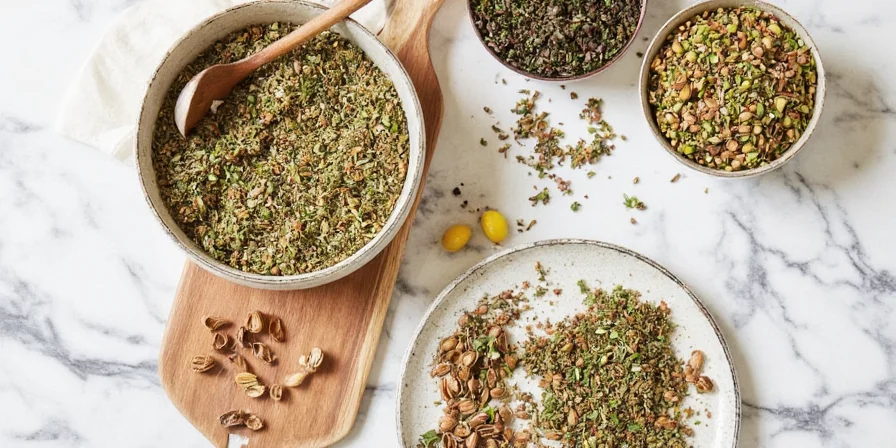
Top 5 Tips for Cooking with Herbs de Provence
- Don’t Overdo It: Because of the strong flavors, especially from rosemary and lavender, a little goes a long way.
- Add Early: Since it’s a dried blend, adding it early in cooking allows the flavors to infuse better.
- Use with Olive Oil: Helps release the oils and aromas, enhancing overall taste.
- Pair with Citrus: A squeeze of lemon or orange brightens up the herbaceous notes beautifully.
- Make Your Own: Customize the mix based on what you love—skip the lavender if you’re not a fan, or add more marjoram for sweetness.
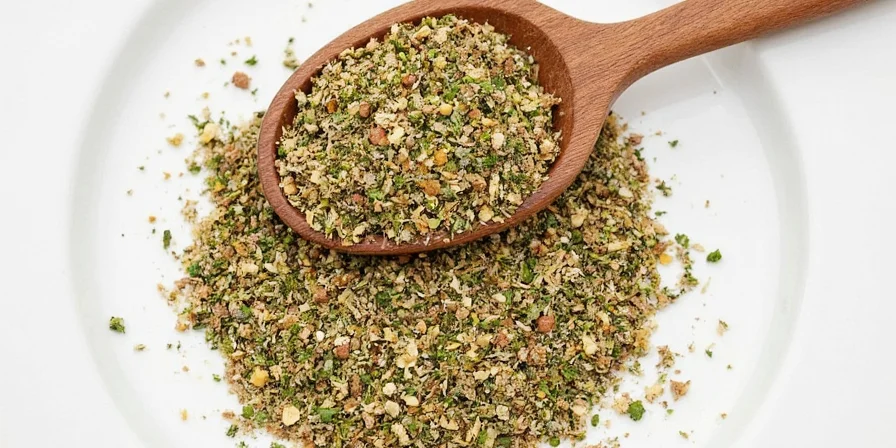
Store-Bought vs Homemade: Which One Should You Choose?
While convenience stores offer ready-made Herbs de Provence mixes, making your own has distinct advantages:
- Fresher Flavor: You know exactly when you mixed it, so it’s more potent.
- Customization: Adjust proportions to match your preferences.
- No Additives: Many commercial blends include fillers or anti-caking agents.
- Cheaper Long-Term: Buying bulk herbs can save money over time.
If you're short on time or want to experiment first, store-bought blends are totally fine. Just read the label—look for recognizable names, not mysterious “natural flavors.”
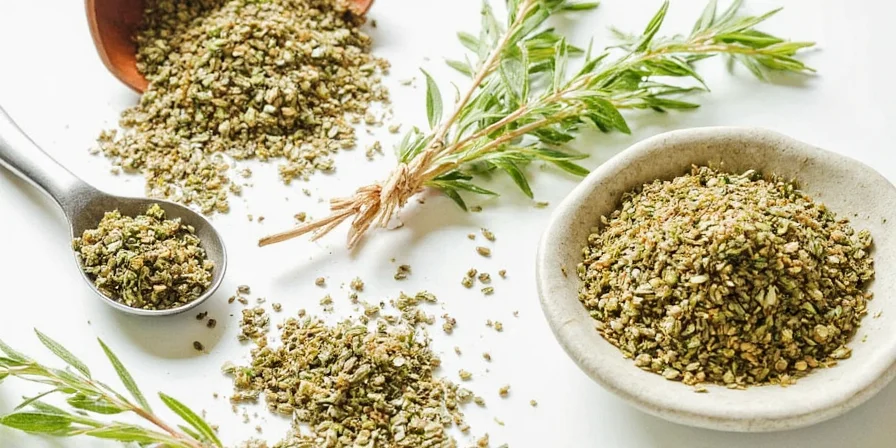
Herb Comparison Table: Common Varieties Side by Side
| Herb | Flavor Profile | Best For | Substitutes |
|---|---|---|---|
| Thyme | Earthy, slightly minty | Stews, roasted meat, soups | Oregano, marjoram |
| Rosemary | Pine-like, strong, woody | Roasts, potatoes, focaccia | Thyme (milder) |
| Oregano | Pungent, spicy | Tomato sauces, grilled veggies | Marjoram, thyme |
| Marjoram | Sweet, mild, floral | Egg dishes, stuffing, beans | Oregano (more intense) |
| Basil | Peppery, licorice-like | Pesto, pasta, salads | Parsley, oregano |
| Lavender | Floral, perfumed | Desserts, honey, lamb | (No real substitute) |
Conclusion: Sprinkle a Little Sunshine into Every Dish
Whether you're new to the world of spices or a seasoned culinary adventurer, Herbs de Provence deserves a spot in your kitchen. It’s versatile, aromatic, and incredibly easy to use—or make yourself. Once you start experimenting, you’ll wonder how you ever cooked without it.
So go ahead, crack open that bottle (or make your own), and let your kitchen smell like a summer afternoon in the French countryside. After all, isn’t that what food is really about? Taste, aroma, memory, and joy—all wrapped up in a tiny pinch of spice.
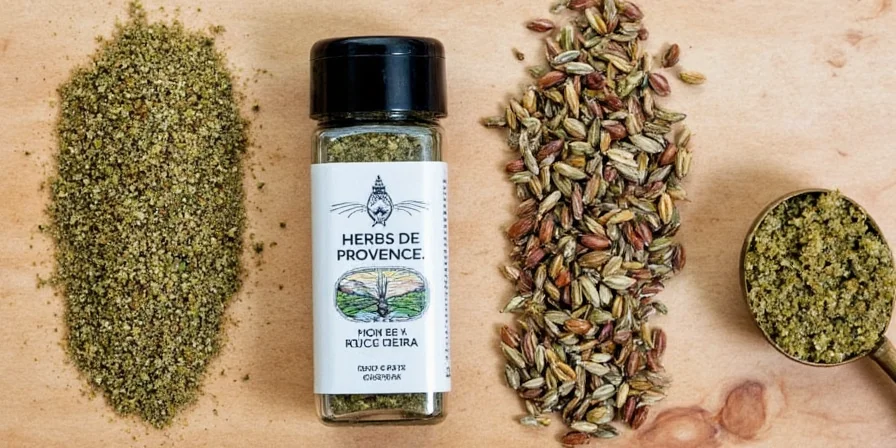
You may not be able to jet off to Provence today, but with Herbs de Provence in hand, you can bring a little piece of it right to your dinner table.

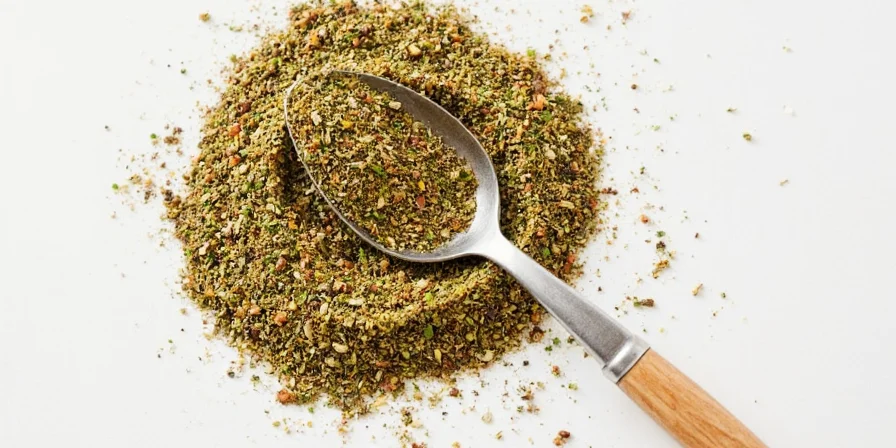









 浙公网安备
33010002000092号
浙公网安备
33010002000092号 浙B2-20120091-4
浙B2-20120091-4